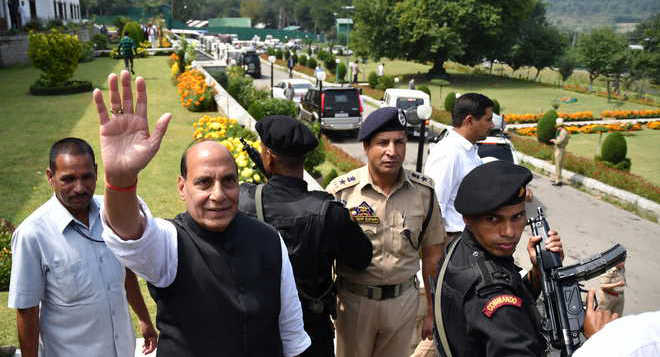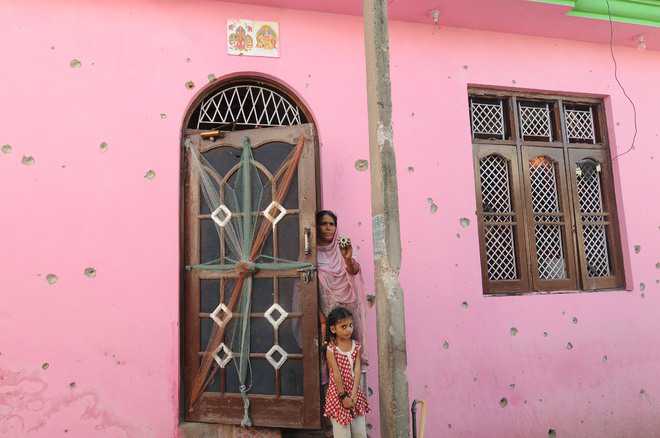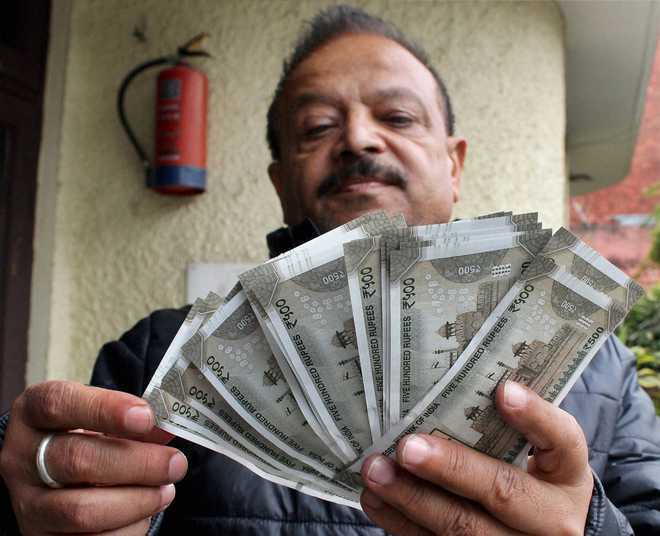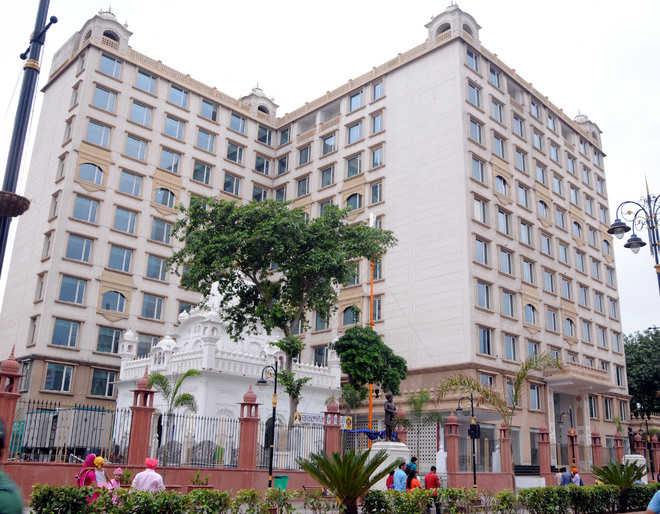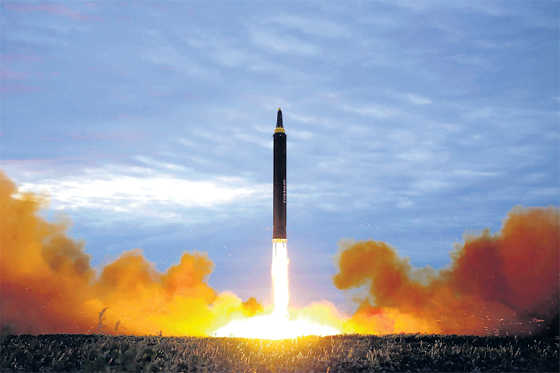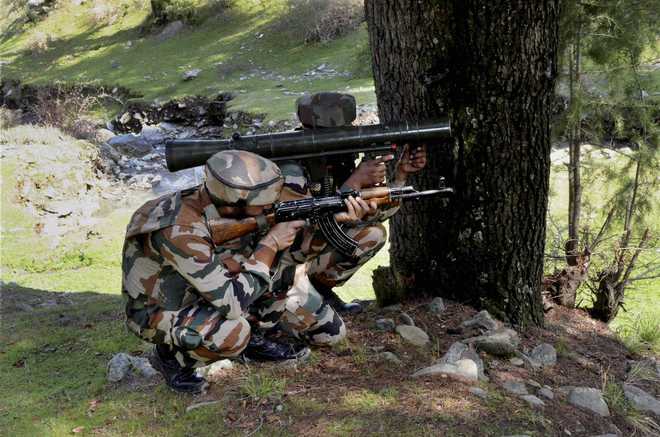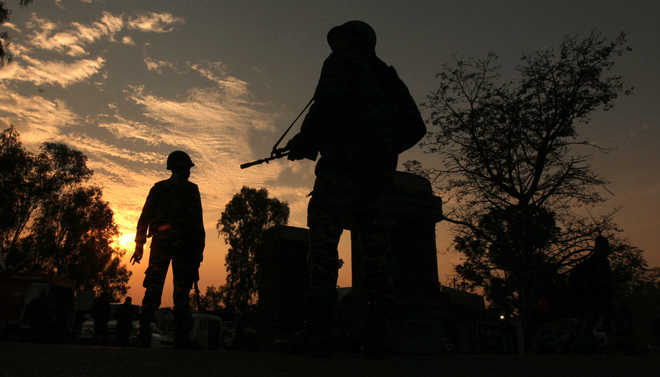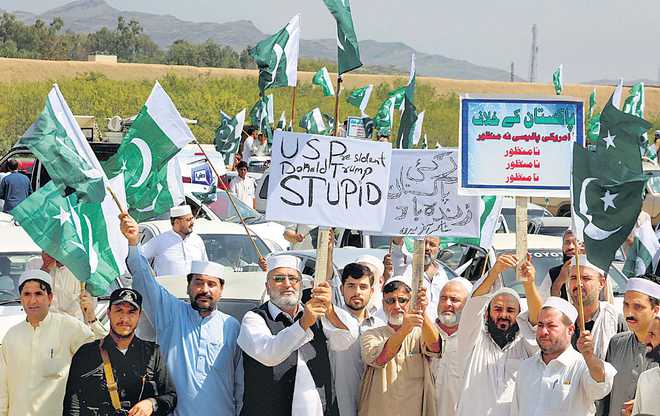 MIFFED: Pakistan has reacted sharply, suspending high-level contact with the US.
MIFFED: Pakistan has reacted sharply, suspending high-level contact with the US.Vivek Katju
PAKISTAN’S security and foreign policy managers have faced a very difficult period beginning with President Donald Trump’s August 21 Afghanistan and South Asia policy address and stretching to the Xiamen BRICS Summit declaration on September 4. The two statements, so different in origin, struck blows, in different ways, against Pakistan’s policy objectives in Afghanistan and the region in three areas that the country considers vital to its core interests. First, Pakistan’s reliance on non-official elements in many cases ideologically obscurantist and wedded to violence to act, as directed, in the neighbourhood. Second, the maintenance of the Chinese shield. Third, the reduction, if not the elimination, of India’s presence in Afghanistan.Trump directly accused Pakistan of pursuing a duplicitous policy in Afghanistan and peremptorily demanded that it close down the safe havens for the Afghan Taliban. He virtually threatened that a failure to do so would invite unspecified consequences. The Americans have known, in the past, that Pakistan was taking vast sums of their money and at the same time allowing the Taliban to operate against their forces in Afghanistan, killing around 2,500 US service personnel since 2003. However, whereas Obama and Bush were obviously willing to overlook Pakistani conduct for larger geopolitical reasons, Trump is not ready to do so. His generals have told him the key to clear up the Afghan mess is to militarily degrade the Taliban and for that purpose the safe havens must end. He has gone along with that view. Pakistan reacted with fury at Trump’s plain speaking. Both the National Assembly and the Senate adopted resolutions condemning Trump’s comments. Going beyond words, Pakistan suspended high-level contact with the US, including putting on hold foreign minister Khawaja Asif’s official visit to the US. Pakistan also looked to China for support which came quickly. Predictably, the ‘all-weather friend’ repeated the Pakistani narrative: few countries have done as much and suffered as much in fighting terrorism as Pakistan has.In this background, the Xiamen declaration caused dismay in Pakistan for China agreed, for the first time, to include foreign-oriented Pakistan-based terrorist groups — Jaish-e-Mohammad (JeM), Lashkar-e-Taiba (LeT), the Afghan Taliban and the Haqqani Network — in a BRICS document, and that too, at the summit level. China joined other countries, including India, in expressing concern at the violence caused by these groups. While doing so, the Chinese sought to provide Pakistan cover by mentioning the Tehreek-e-Taliban-e-Pakistan (TTP) which is fighting the Pakistan state and also because the LeT and JeM are formally banned in Pakistan. A perception that China had let go of the shield, if only momentarily, on Pakistani double standards on the jihadi tanzeems, caused a jolt. This was exhibited in the dissonance in Pakistani reactions. While defence minister Khurram Dastagir and the foreign ministry formally rejected the BRICS’ declaration, Khawaja Asif told a private Pakistani TV channel that Pakistan cannot test friends forever and must note the changed international environment. Asif travelled to China and sought reassurance of Chinese steadfastness which has come through Chinese commitment to seek to work for normalising Pakistan’s ties with Afghanistan. It is noteworthy that it has not said anything on the JeM or the LeT. Arguably, what Pakistan found most unacceptable in Trump’s South Asia policy was the US desire that India should play a more active role in Afghanistan, even if he signalled only the economic sector for this purpose. It has been Pakistan’s historic desire that Indian influence be curtailed in Afghanistan. In the 1980s, as Pakistan became the base of Afghan jihad, it became more ambitious. It wanted India to be shut out of Afghanistan so that it could get “strategic depth” against it on Afghan territory.Generally the West, especially the US, has pandered to Pakistan’s obsession with India’s presence and position in Afghanistan. It has given a sympathetic ear to Pakistan’s fears of Indian encirclement through Afghanistan. This has been on account of its need for Pakistan in the Afghan context during the anti-Soviet jihad and since 9/11. To satisfy Pakistan, the West designed international diplomatic mechanisms for peace making in Afghanistan which ensured that India was kept out. It is no secret that it tried its best to put India at the periphery at the Bonn conference in 2001 which mapped out the country’s future after the Taliban was ousted from Kabul.The US also counselled successive Afghan governments till a few years ago to exclude India from the security sector and generally balance their relations with India and Pakistan. While shades of change in this approach had come in closing years of the Obama administration, Trump has abandoned US reticence altogether and moved in the other direction. Naturally, Pakistan has poured venom on this US decision and also against India. Pakistan has always lost the plot in Afghanistan for pursuing the aim of acquiring a controlling voice in the country’s India policy. Hardly any Afghan Government has been or would be willing to accept this demand. Only the Taliban played ball but it too was not averse to open up with India. It is this objective which led Pakistan to reject the overtures of both Presidents, Hamid Karzai and Ashraf Ghani. The latter went to the extent of visiting the Pakistan army chief at GHQ, Rawalpindi, to indicate a willingness to exclude India from the security area and build ties in this sector as well as undertake cooperation between the Afghan and Pakistani intelligence agencies. However, even he could not meet the Pakistan’s unbending maximalist demand. As Pakistan deals with Trump and Afghanistan what should India do? While naturally keeping a keen focus on the terrorist groups in Pakistan, India should seek to maintain its assistance programme. It should respond to Afghan requests, including in the security sector, without ever seeking to be prescriptive. In the defence area, India should increase the training of Afghan personnel in India, provide such equipment and stores as it can without taking Pakistani sensitivities into consideration. From time to time, some Indian security experts urge that India should be willing to send combat troops to Afghanistan. A couple of months ago, a section of the media reported a rumour that India was willing to send 15,000 soldiers to Afghanistan. The rumour soon died down for it was obviously without foundation. In any event, India must not ever think of sending troops to Afghanistan. That would provide Pakistan a historic opportunity to turn Afghan sentiment against India.Thoughtful voices in Pakistan are urging the country to give up its dual approach on fighting terrorism. But they are still in the wilderness. The writer is a former Secretary, Ministry of External Affairs
